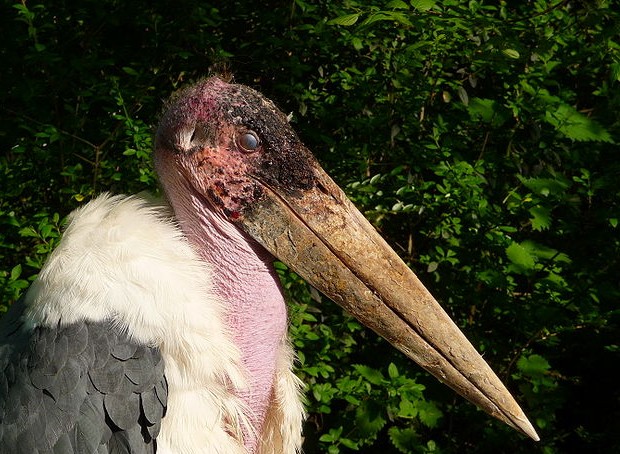
Researchers have discovered the bones of an ancient species of marabou stork twice the size of the largest living storks, which lived some twenty to fifty thousands years ago on the Indonesian island of Flores. The new species would have reached six feet in height and would have weighed about fifty pounds, making it one of the island’s most formidable creatures.
Home to a variety of animals of singular size, including komodo dragon, giant rats, and dwarf elephants, Flores is the site of one of the most controversial of recent paleontological discoveries: that of Homo floresiensis, the diminutive hominin popularly called “the hobbit.” The existence of the hobbits of Flores has been hotly debated�paleontologists are split over whether the remains represent a distinct species or evidence of disease or congenital defect in individual. But animals living on islands typically exhibit extremes in size relative to mainland species; in principle such dwarfism is likely in insular human populations as well. Researchers believe that Leptoptilos robustus, as the new stork species is called, would have towered over the diminutive humans�and could have preyed upon them as well.
[via BBC Earth News] Gearfuse Technology, Science, Culture & More
Gearfuse Technology, Science, Culture & More


